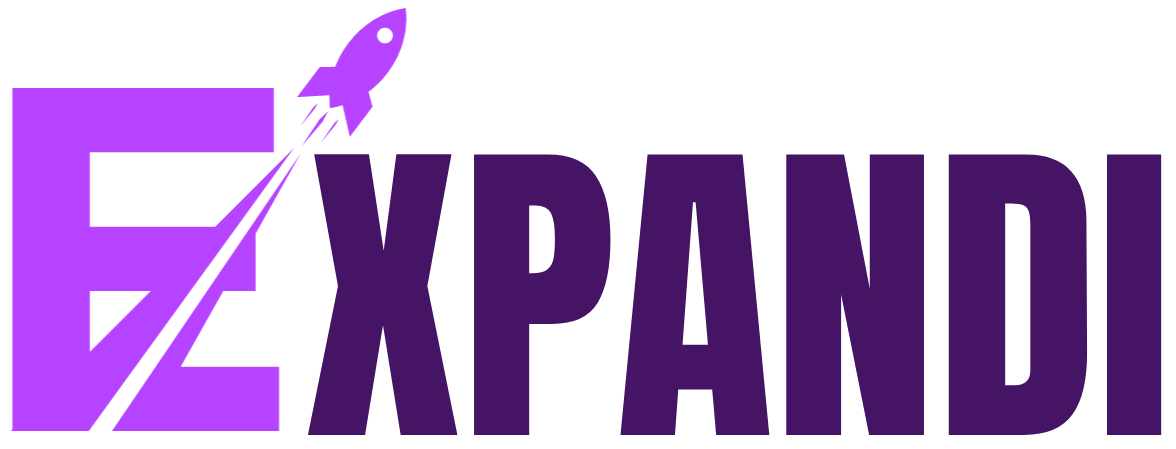How to generate a potential client list for SaaS Companies?
The SaaS industry is one of the most profitable industries, with a share of $172 billion in 2022. However, it’s also one of the most competitive industries. With new SaaS businesses emerging every year, you need a steady influx of customers.
Building a potential client list is one of the most effective ways to ensure a consistent flow of new customers. In addition, having a well-curated list of potential clients enables SaaS companies to target their marketing efforts, tailor their messaging, and convert leads into paying customers more efficiently.
In this article, we’ll talk about how you can generate a list of potential leads for your SaaS business. First, we’ll start by identifying your target audience and understanding their needs. Then we’ll find potential clients using various tools and techniques.
So, keep reading to know more!
5 steps for generating a potential client list for SaaS companies
Here’s a step-by-step procedure on how to create a potential client leads list for your SaaS business. Let’s assume that we have to create a leads list for Keka—an HR payroll software company.
1. Identify your target audience
To create a potential client list, you need to define your ideal customer profile (ICP). An ICP is a description of your target audience. It helps you tailor your marketing efforts and prioritize your leads.
To create an ICP, start by analyzing customer data and feedback to identify key characteristics such as demographics, psychographics, and pain points. Then, use this data to create a specific, targeted ICP that reflects the needs of your ideal customer.
For example, let’s take the example of Keka. Keka is a software company that provides HR and payroll solutions for businesses. Therefore, their target audience is likely to be companies of varying sizes and industries that need to manage their HR and payroll processes efficiently.
Specifically, Keka’s solutions are designed to cater to the needs of HR managers, payroll administrators, and other HR professionals who are responsible for managing employee data, payroll processing, and compliance.
Keka’s solutions are also suitable for small and medium-sized businesses that may not have dedicated HR departments but still need to manage their employee information and payroll processes. Hence, their target audience is also CEOs of other companies.
2. Search for potential companies on LinkedIn
LinkedIn is a powerful tool for identifying potential companies for your SaaS business. Here’s how you can use it to create a potential client list:
- Check the company size: Start by identifying the size of the companies you want to target. This will help you filter out irrelevant leads and focus on companies that are more likely to need your services.
LinkedIn offers several filters to help you find companies based on their size. These filters include the number of employees, industry, and location. By filtering your search results based on these criteria, you can quickly identify potential companies that match your ICP.
- Filter out according to company size: Once you have identified potential companies that match your ICP, you can filter them based on their size. Depending on your business needs, you may want to focus on smaller startups or larger enterprises. LinkedIn offers several filters for company size, allowing you to narrow down your search results based on the number of employees or annual revenue.
- Use LinkedIn Sales Navigator: LinkedIn Sales Navigator is a paid tool that provides additional features for lead generation. It offers advanced search filters, including the ability to search for companies based on their geography, job titles, and more.
By using Sales Navigator, you can identify potential clients more quickly and efficiently. Additionally, Sales Navigator provides insights on potential clients, including mutual connections and recent activity, which can help you craft a more targeted outreach strategy.
Through LinkedIn’s powerful search filters and tools like Sales Navigator, you can quickly identify potential companies that match your ICP and start building relationships with them.
3. Search for decision-makers
Once you have identified potential companies that match your ICP, the next step is to find the decision-makers within those companies. Here’s how you can do it:
- Determine the key decision-makers: To identify the key decision-makers, you need to understand the organizational structure of the potential client’s company. Depending on the company size and industry, decision-makers may include CEOs, HR managers, or IT managers.
For example, let’s take the HR payroll software company KEKA. The potential client for KEKA is the CEO and HR if the company has less than 100 employees. If the company has more than 100 employees, the potential clients are HR and admin people. By understanding the potential clients’ roles and responsibilities, you can create a targeted outreach strategy that resonates with their needs.
- Use LinkedIn to find decision-makers and apply filters: LinkedIn is a powerful tool for identifying decision-makers within potential client companies. Start by searching for the company on LinkedIn and examining the employee profiles. By looking at job titles and responsibilities, you can identify the individuals who are likely to make purchasing decisions for your product or service.
In the case of KEKA, you can use LinkedIn’s filters to refine your search results. For example, you can filter by job title and location to identify the decision-makers who are based in your target region.
Additionally, by examining the LinkedIn profiles of these individuals, you can gain insights into their interests, preferences, and pain points, which can help you create more targeted outreach messaging.
4. Import the list in expandi
Once you have identified potential companies and decision-makers, the next step is to organize them into a leads list and import them into a LinkedIn prospecting tool like expandi, so that you can set up an outreach campaign.
Here’s how you can do it:
- Click the ‘Leads’ button from the left-hand sidebar.
- Now, click ‘Add Lead Listh’ from the far-right corner, and a pop-up box will appear.
- To scrape leads from LinkedIn search, paste the search URL in expandi and click ‘Submit’. The tool will automatically start scraping leads from the URL.
- You can also upload a CSV if you have already created a leads list.
5. Create a LinkedIn outreach campaign
Once you have created a leads list in expandi, it’s time to create an outreach campaign, so that you can get in touch with the prospects.
Here’s how to set up an outreach campaign:
- Go to the expandi dashboard.
- Once you have created the leads list, select ‘Campaigns’.
- Click ‘Add Campaign,’ and a pop-up will appear. It will ask whether you want to create a campaign from your leads list or connections. Select the option relevant to you. For this campaign, we’ll select the option ‘From Leads’.
- Now, add the ‘Campaign Name’ and Event Action. You can choose from the following Event Action: follow up message, follow profile, follow company, skill endorsement, connection request, visit profile, open InMail, email, like a post.
- We’ll select the action ‘Connection Request’. A pop-up box will appear where you can add relevant details, such as connection request message and time delay after the last action. expandi also shows you a message preview, so that you can see how the lead will see the message. Click ‘Save’.
- Next, you can modify the Campaign Flow. For example, you can add or delete steps from the campaign. You can endorse a lead’s skill if they accept your connection request.
- Then, select the Leads List you created in the previous steps and select ‘Launch Campaign.’
You have successfully created an automated LinkedIn outreach campaign. expandi also offers other features to help you set up a successful LinkedIn outreach campaign.
Key Takeaways
This article outlined the steps to identify and engage potential clients who are most likely to benefit from your product or service. Remember to define your ideal customer profile, conduct market research, and use tools like LinkedIn and expandi to build your list and create targeted outreach campaigns. Additionally, prioritize personalization and be mindful of your potential clients’ needs and pain points.
By implementing these strategies, you can increase your chances of converting potential clients into paying customers and ultimately drive the growth of your SaaS company. So go ahead and start generating your potential client list today!
Your Next Read:
Remember, to start your LinkedIn prospecting journey, start using the 30-day free trial of expandi today!








